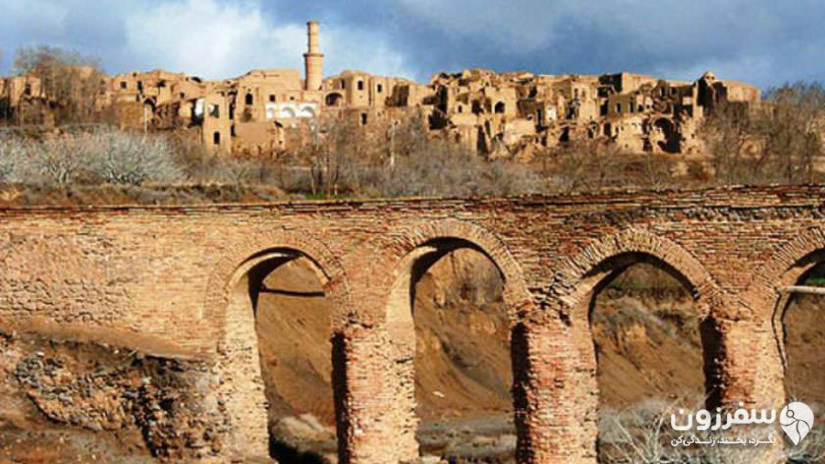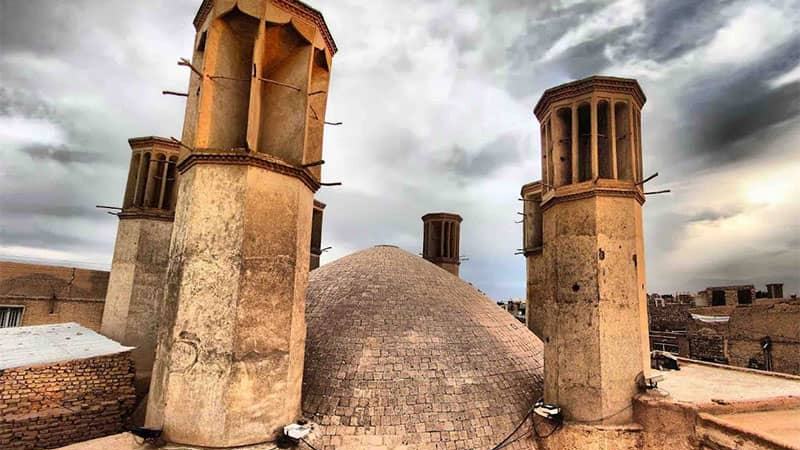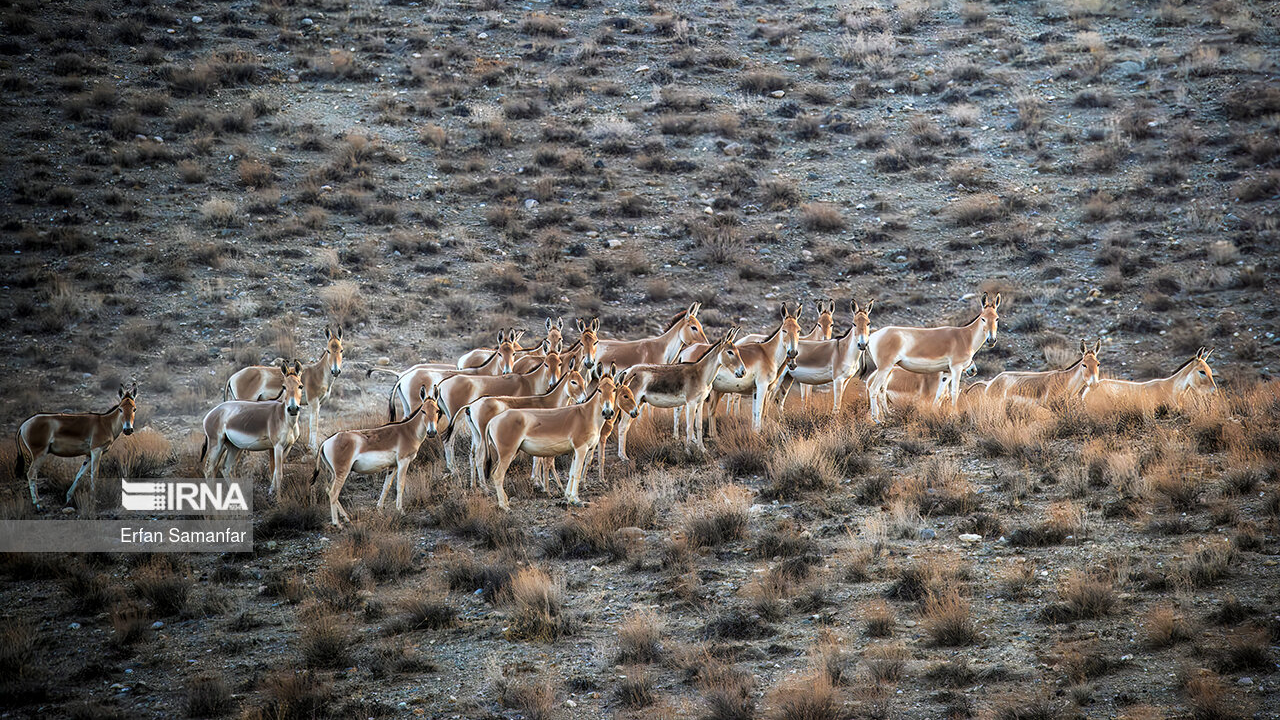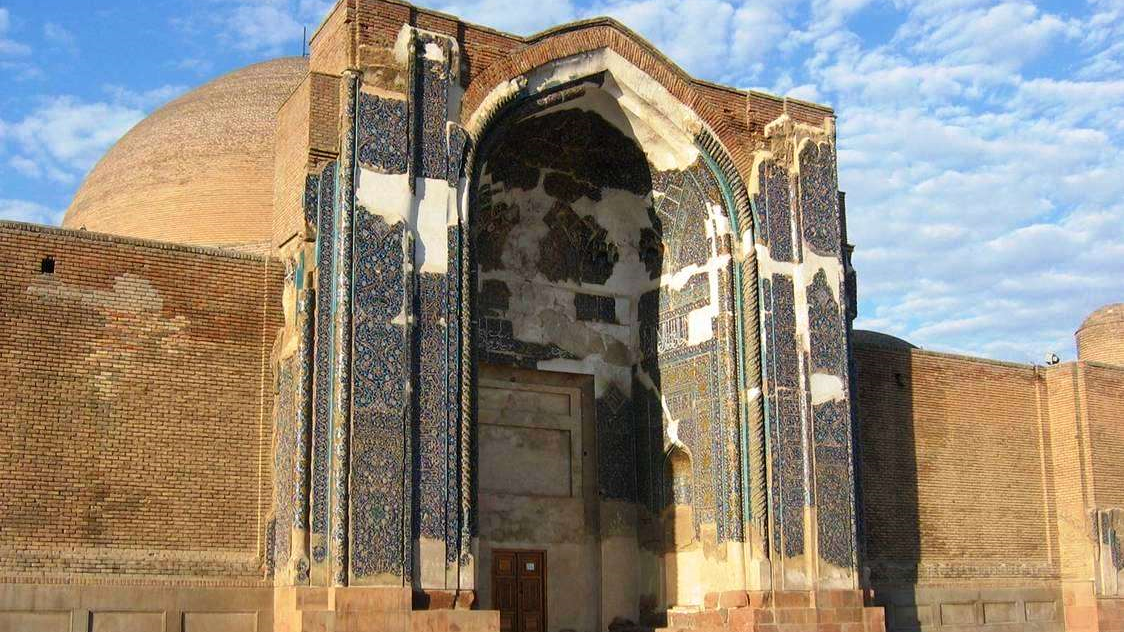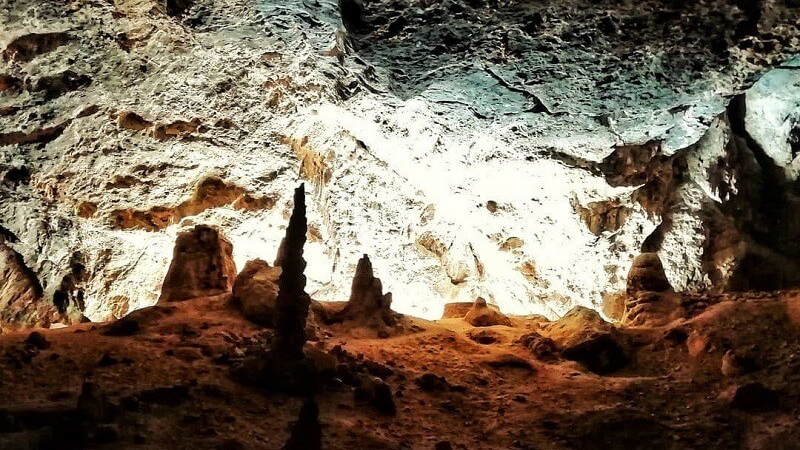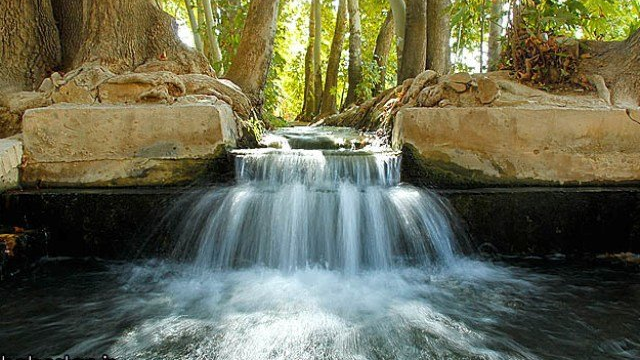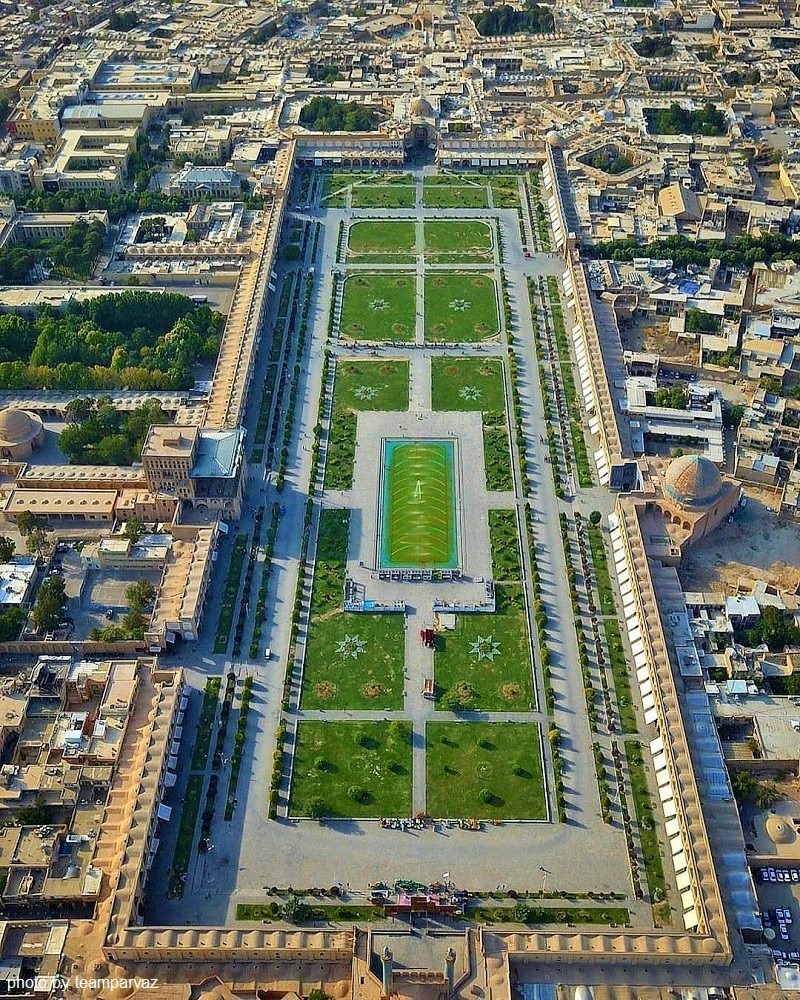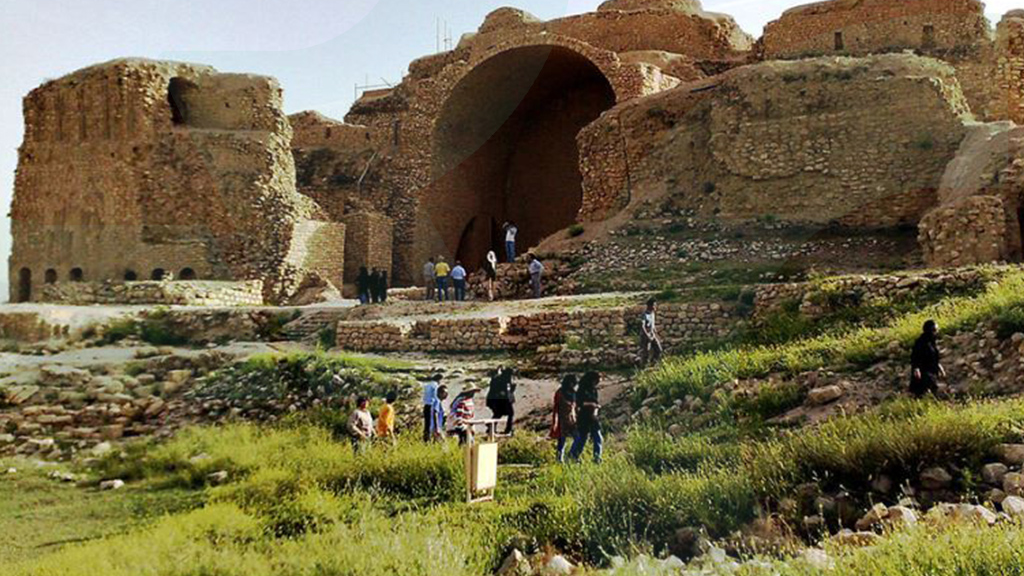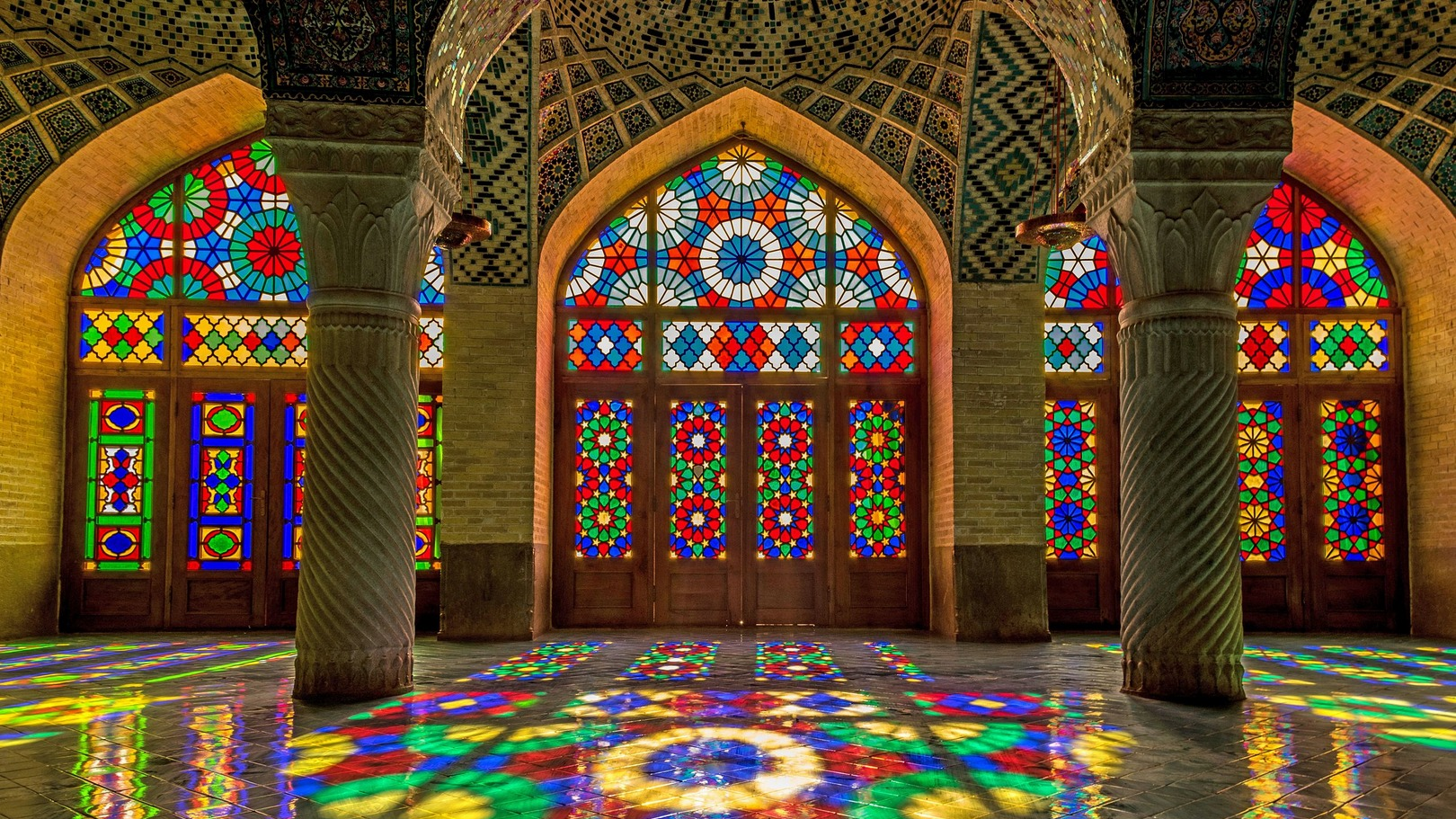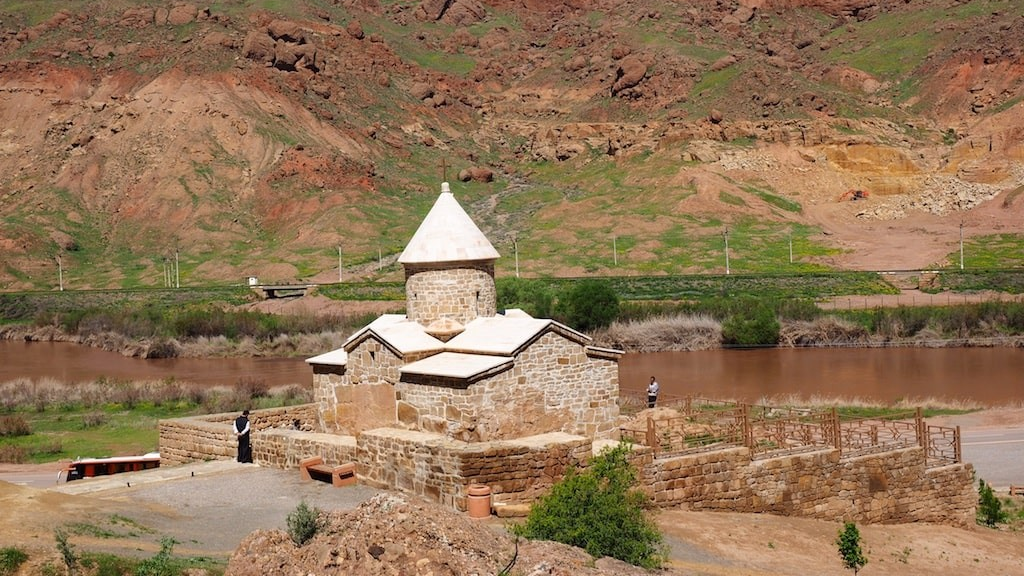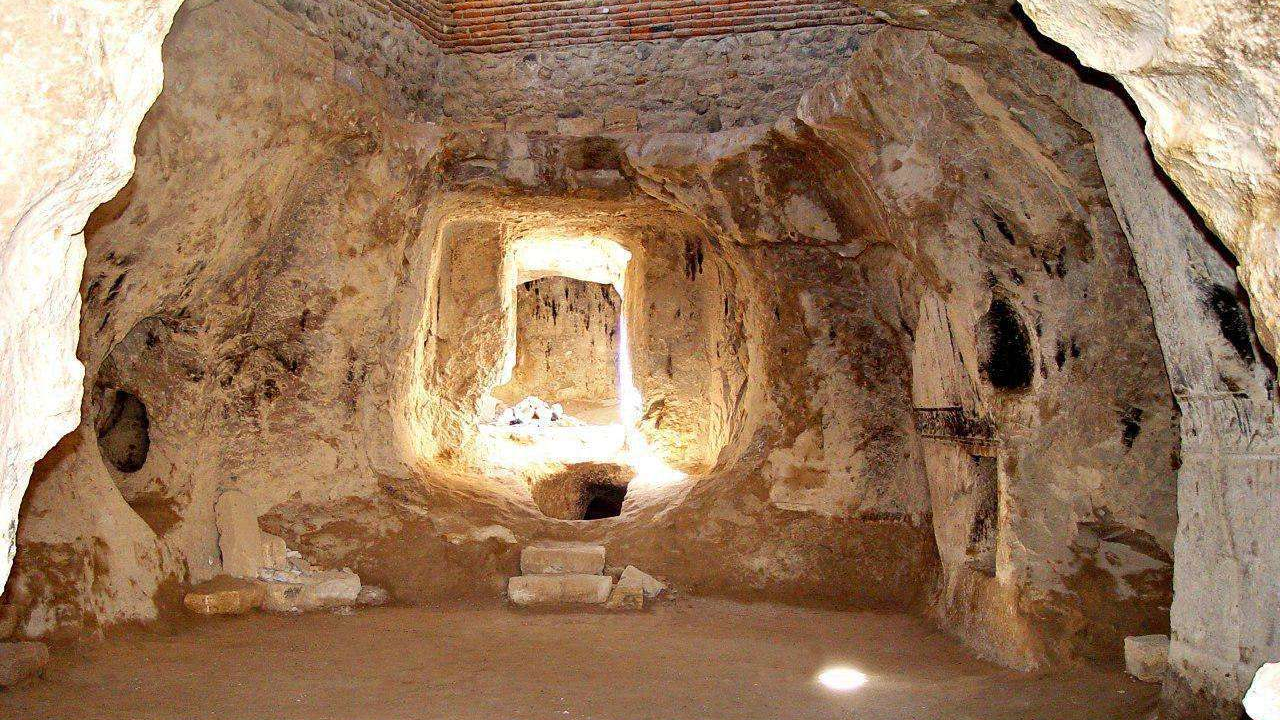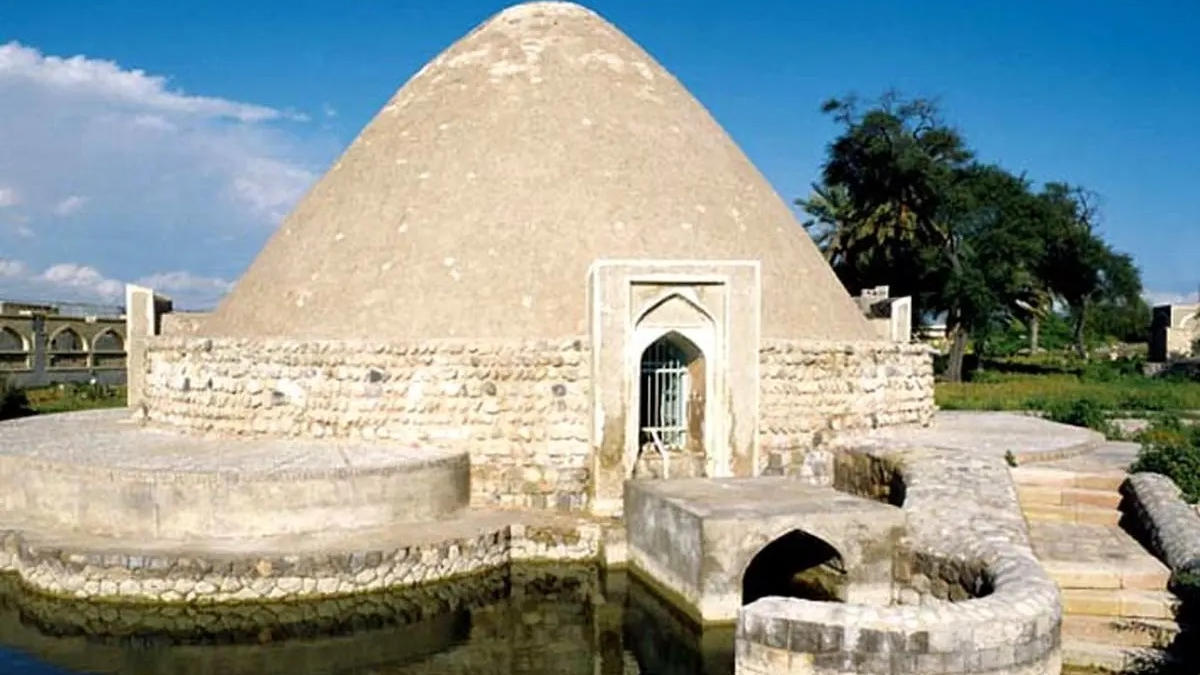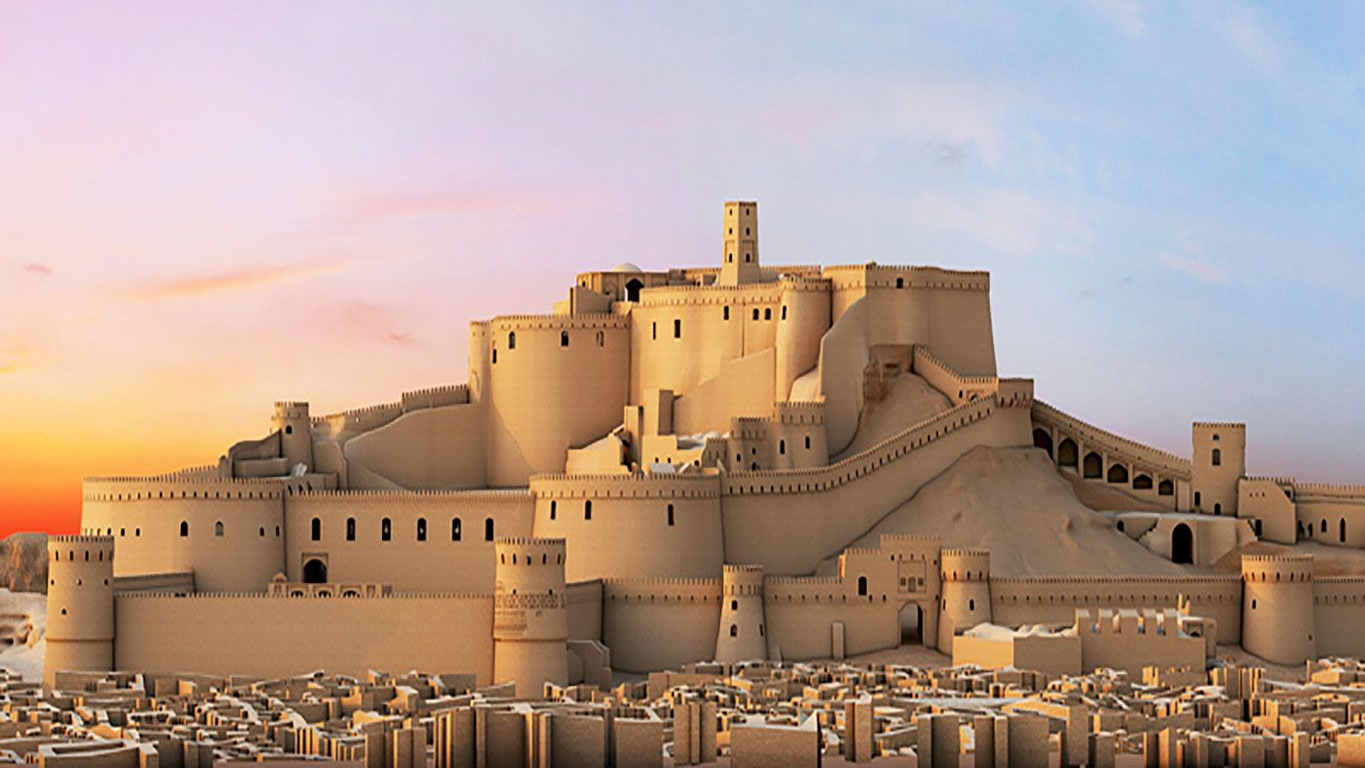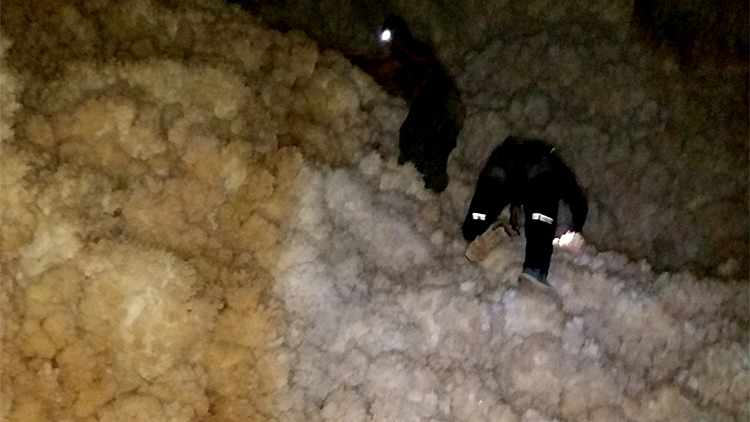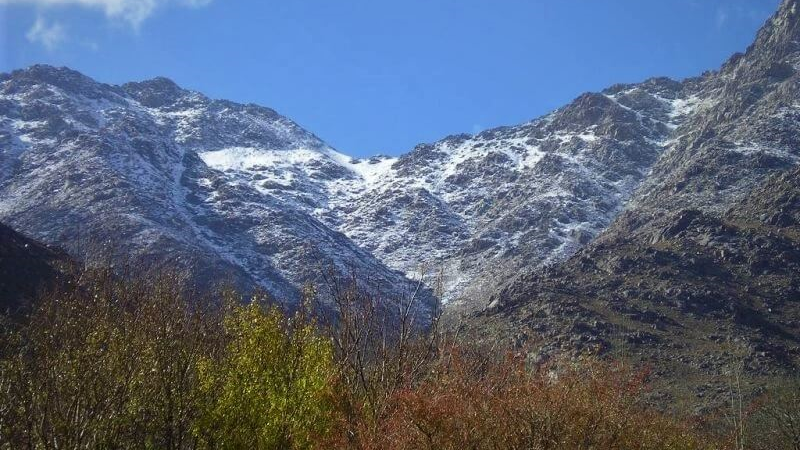
Ahvaz
Ahvaz is a historical Iranian city, which houses many historical sites. According to historical sources, the name of this city originates from the word “Khuzi” or “Huzi”, which was the name of a race of native residents of Khuzestan Province with Elamite roots.
Ahvaz in the Course of History
Ahvaz was one of the important cities during the rule of the Parthians (247 BC to 224 AD) and became one of the major centers of the Iranian textile industry during the Sassanid era (224 to 651 AD). Due to its geographical location, this city has been one of the important commercial centers of Iran throughout its history.
Ahvaz expanded during the reign of Shapur I, the second king of the Sassanid Empire (reigned from 240 to 270 AD). He developed both the eastern and western sides of Karun, but the western part was destroyed in the following years and during the wars that occurred between the Iranians and the Arabs.
The Zanj in the 9th century A|D caused so much damage to Ahvaz that the capital of Khuzestan Province was moved to Shushtar. Before the Safavid era (early 16th century AD), Ahvaz had more or less become like a village. This situation continued and by the 19th century AD, Ahvaz was nothing more than a small rural district. However, what eventually resulted in the re-expansion of Ahvaz was the growth of world foreign from around 1888 AD. Taking advantage of this situation, the Qajar king, Naser al-Din Shah built a port called “Naseri Port” in the eastern part of the Karun River, which later on came to be known as “Naseriyeh”. This name was also applied to this city until the early Pahlavi era when the city was once again named “Ahvaz”.
During the course of the revival of Ahvaz, this city again became the capital of Khuzestan province, and foreign trade with the distant ports of India, Africa, and the Far East took place through Ahvaz. Sometime later several caravanserais and bazaars were founded there, which are now known as tourist attractions of the city.
Discovery of Crude Oil and the Growth of Ahvaz
Apart from the geographical position and the role of Ahvaz in trade, the discovery of oil also helped the regrowth of this city. Iran’s first oil well was dug in Masjed Soleyman City in the year 1908 AD. The proximity of Ahvaz to Masjed Soleyman led to the creation of one of the largest oil facilities in the country so that Ahvaz could be considered as a station for transferring crude oil to Abadan. This boosted the industrial position of Ahvaz and in 1929 AD, this city was connected to the national railway network of Iran.
Historical Attractions of Ahvaz
Having experienced different ups and downs in the course of its history, Ahvaz has housed a variety of historical sites including:
Tomb of Ali ibn Mahziar
Ali ibn Mahziyar was one of the greatest Shia jurists and scholars who lived during the time of Imam Reza, the eighth Imam of Shias. His tomb, which is located in the old part of the city was built in the 18th century AD. This mausoleum is now used as one of the most important religious ritual centers in Ahvaz.
Saraye Ajam
This historical building was one of the caravanserais of Sheikh Khazal (the ruler of Khorramshahr and the head of one of the major tribes of Khuzestan) and was used as a bazaar at some points in history. Saraye Ajam has a special architecture and has a brick structure, carved columns, numerous chambers, and carved wooden doors and windows.
Saraye Moin al-Tujjar is one of the structures left over from the Qajar era, which was both the residential and trade center of famous merchants of the time such as Mohammad Taqi Moin al-Tujjar.
Dadras House
This house, too, was built during the Qajar era. Dadras House is located in the south of Ahvaz City and several other historical monuments are located within its vicinity.
Mapar House
This house was founded during the rule of Pahlavi I (early 20th century). A stone basement, two courtyards, and two ponds are the main parts of the building. Brick decorations, dropped ceilings, and wooden doors of the Mapar House have given it a special effect.
Abdul Hamid Bazaar
Bazaar is one of the main trade centers of Iranian cities and a crowded area, which is usually located in the central part of the city. As the oldest bazaar in Ahvaz, Abdul Hamid Bazaar is more than a century old, and it has been the main place of trade and commutation of merchants. Sheikh Khazal Caravanserai is also located in the heart of this bazaar.
Museum of Contemporary Arts
The Ahvaz Museum of Contemporary Arts exhibits numerous works of art in five galleries on two floors. Except for the artifacts put on display in this museum, the very building of this museum, which was built in 1959 AD, also has many beauties.
Azhdar Khung
This ancient monument is located outside Ahvaz city and near Izeh City. Two stone inscriptions have been found in this building, one of which is related to the Elamite era (four thousand years ago) and the other to the Parthian era (more than 1800 years ago).
Eshkaft-e Salman
It is an archaeological site founded during the Elamite era and is located in the south of Izeh City. There are four reliefs on this site. The largest Elamite inscription written in cuneiform script has been discovered from this site.
Ahvaz is a historical Iranian city, which houses many historical sites. According to historical sources, the name of this city originates from the word “Khuzi” or “Huzi”, which was the name of a race of native residents of Khuzestan Province with Elamite roots.
| Name | Ahvaz |
| Country | Iran |
| State | Khuzestan |
| City | Ahvaz |
| Type | Historical |
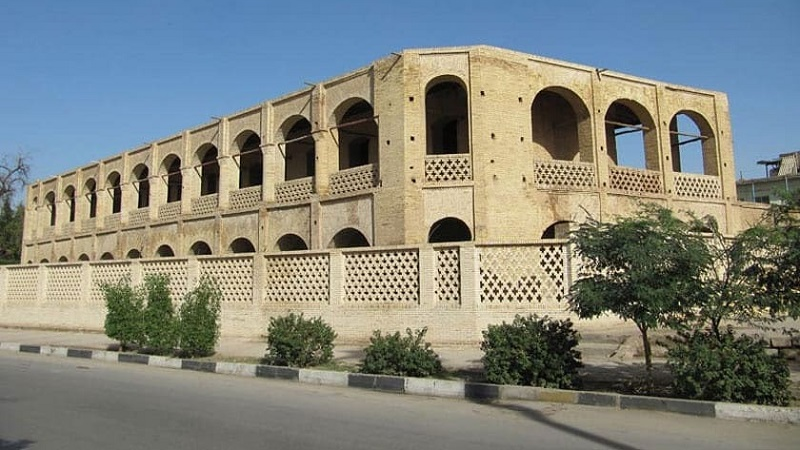
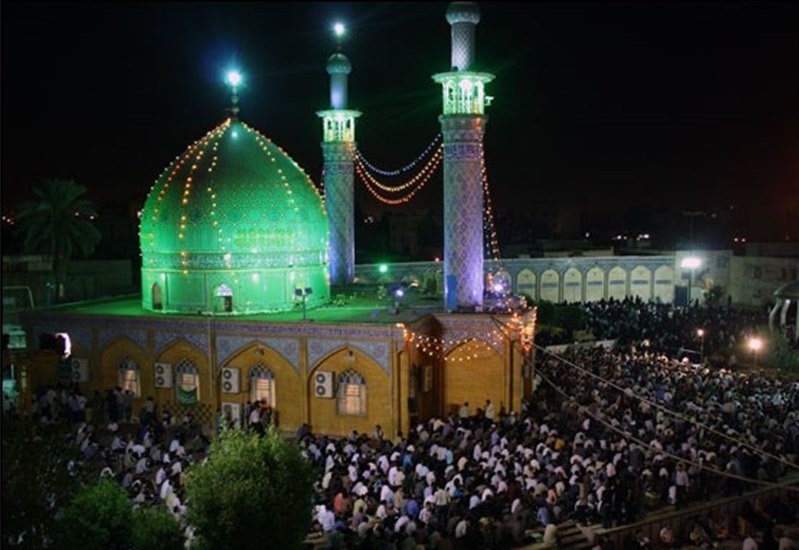
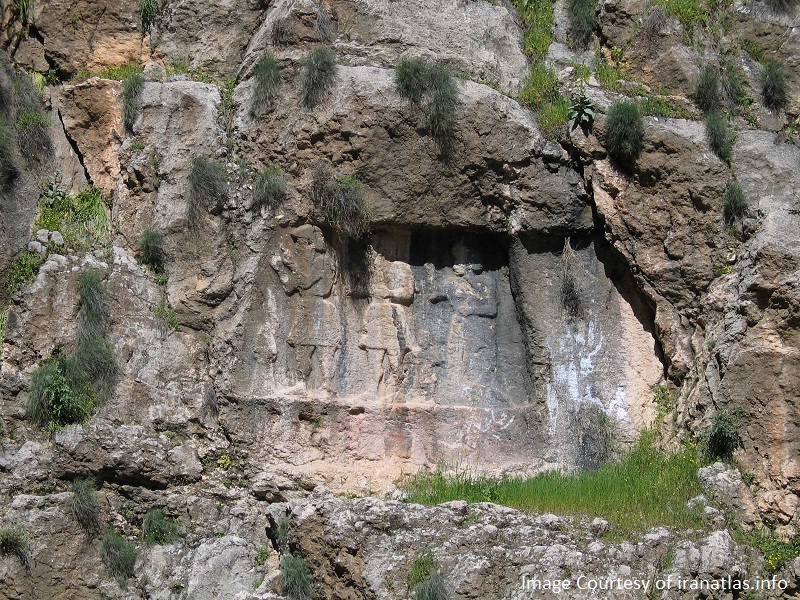
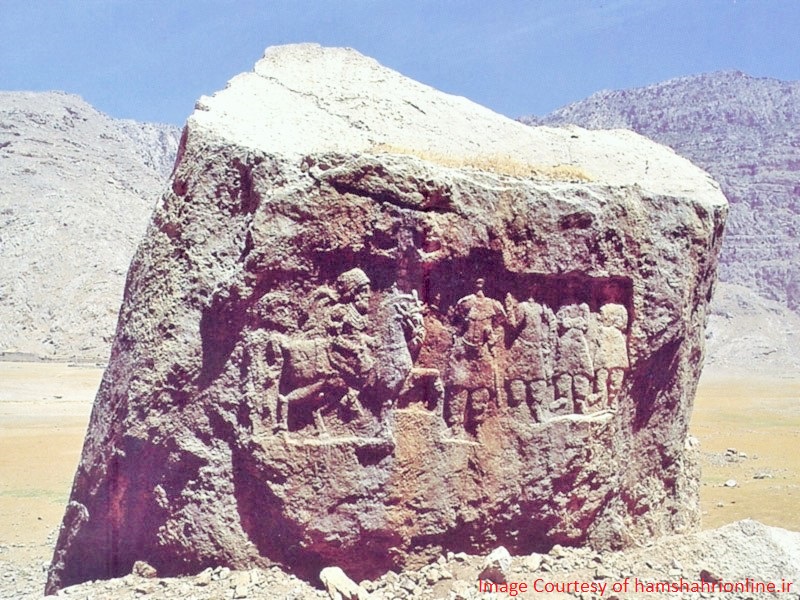

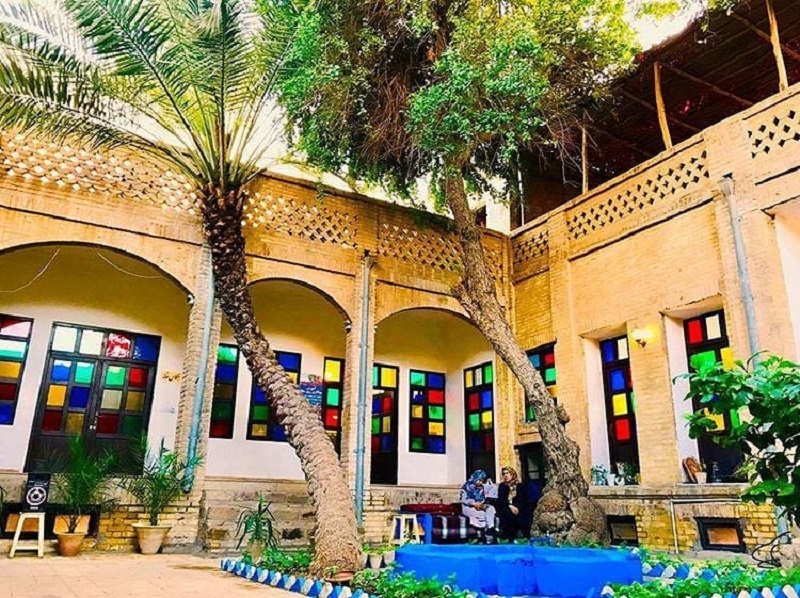
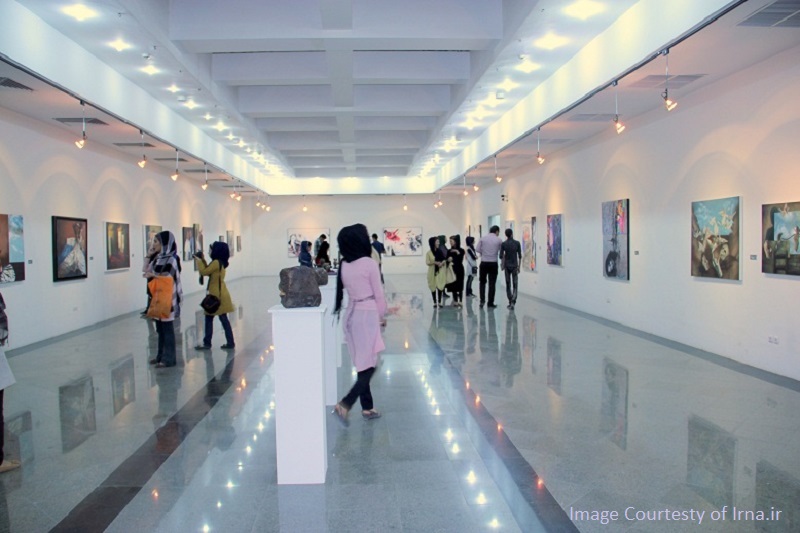








Tourist Attractions of Ahvaz
For Iranians, the Ahvaz metropolis is associated with the beauty of Karun, samosa, hot sun, and warm-hearted people. Ahvaz has beautiful natural and historical attractions that every tourist enjoys seeing.
According to historical inscriptions, Ahvaz is one of the oldest cities in southern Iran. Karun River, which is the vital artery of this city, has been the cause of the formation of many historical and natural sights such that it houses about 40 historical.
Karun River, which is the longest river in Iran, originates from the Zagros Mountains and after passing through the city of Ahvaz, divides it into two eastern and western parts. Karun is a navigable river and the main source of drinking water and electricity of Ahvaz. The western part of Ahvaz mainly houses residential areas and the eastern part comprises financial and commercial centers.
Where Is Ahvaz Located?
In terms of geographical divisions, Ahvaz is the capital of Khuzestan province and is located in the southwest of Iran. This city is about 25 meters above sea level and is located in the middle of Khuzestan plain.
Due to the lack of vegetation, this city has a hot and dry climate and is considered one of the hottest cities in Iran. The temperature in this city fluctuates between about five degrees Celsius in winter to about 50 degrees Celsius in summer.
The special geographical location of Ahvaz and the proximity of this city to Abadan, Khorramshahr and Imam Khomeini and Mahshahr port cities - the important ports of Iran in the Persian Gulf - as well as Shalamcheh and Chazabeh - the two border cities of the country through exchange of goods and passengers takes place with Iraq - have made the position of this very vital.
Economy of Ahvaz
Iran is one of the oil-rich countries in the world. More than half of Iran’s oil reserves are in Khuzestan Province, and for this reason, Ahvaz has become very important in the management of the country’s oil industry. Except for oil installations, the presence of large industries has made Ahvaz one of the most important industrial cities of Iran.
Natural Attractions of Ahvaz
Karun River is one of the most beautiful natural attractions of Ahvaz, which is the longest river in Iran with a length of 950 km. In addition to Ahvaz, the cities of Shushtar, Masjid Suleiman, Khorramshahr, and Izeh are also located on the edge of this river. This river has been inscribed as the 171th natural heritage of Iran and most of the tourist attractions of Ahvaz are located next to this river. Some of the most important of these attractions are:
Ahvaz Island Park
Ahvaz Island Park is located next to the Karun River and has a beautiful and pleasant environment. The weather in this park is very pleasant at night, and the presence of various recreational equipment for children and a suitable environment for cycling for adults makes it pleasant for families. The style of lighting done around the park has doubled the beauty of its natural environment and green space. There are also several natural and artificial pools and waterfalls in this Island Park.
Bamdezh Lagoon
Khuzestan province has many lagoons, one of the most famous and largest of them is Bamdezh Lagoon. It is located 40 kilometers northwest of Ahvaz over an area of four thousand hectares and is a source of fresh water. The presence of numerous villages next to this lagoon has doubled the beauty of this natural attraction.
White Bridge and Black Bridge
The White Bridge is a suspension bridge and is the symbol of Ahvaz City. The white bridge was built in 1936 AD. The Black Bridge was also built in 1929 AD and is known by this name because of the materials used for its construction. The black bridge is 1050 meters long and 6 meters wide.
The Artificial Waterfall of the Seventh Bridge
This waterfall, which is located on the seventh bridge of the Karun River, is the longest artificial waterfall in the Middle East. The waterfall consists of many fountains that pour water from both sides of the 7th bridge into the Karun River and stands out with its eye-catching lighting.
The special geographical location of Ahvaz and the proximity of this city to Abadan, Khorramshahr and Imam Khomeini and Mahshahr port cities - the important ports of Iran in the Persian Gulf - as well as Shalamcheh and Chazabeh - the two border cities of the country through exchange of goods and passengers takes place with Iraq - have made the position of this very vital.
| Name | Tourist Attractions of Ahvaz |
| Country | Iran |
| State | Khuzestan |
| City | Ahvaz |
| Type | Historical |
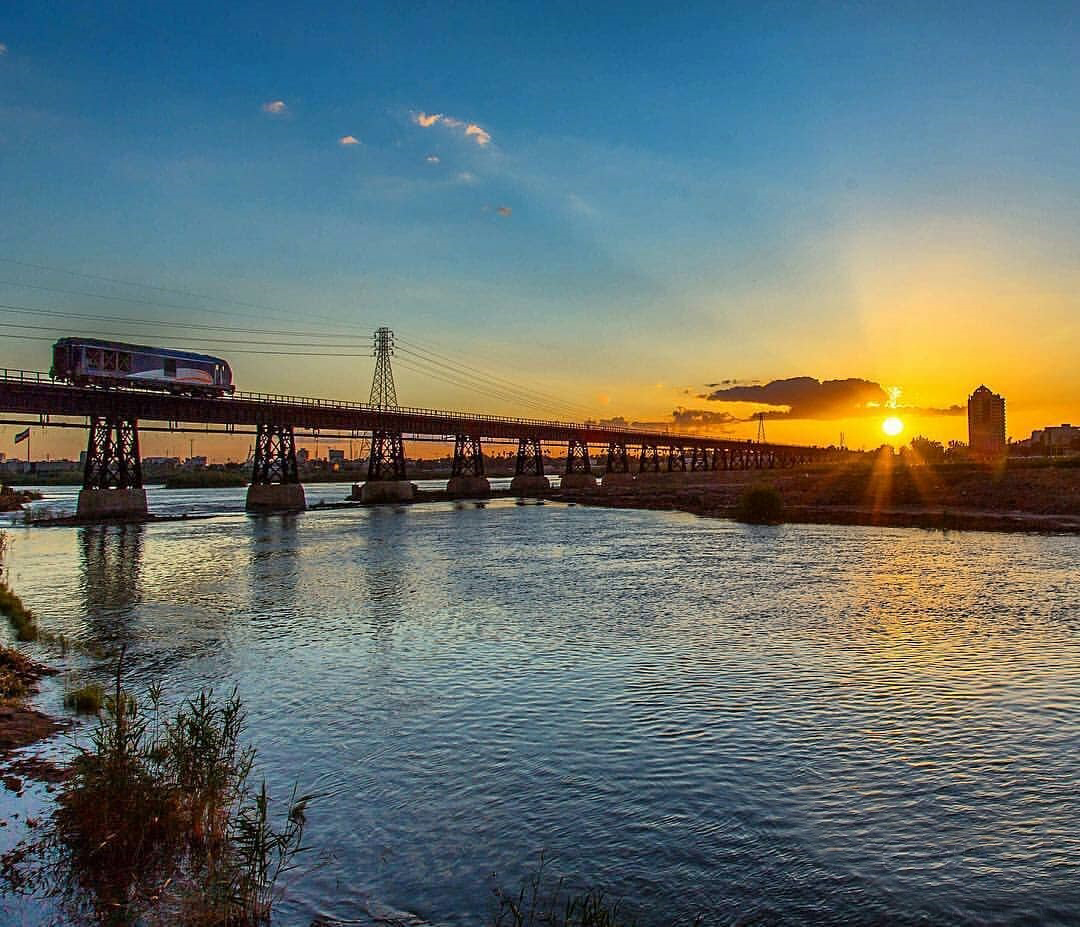
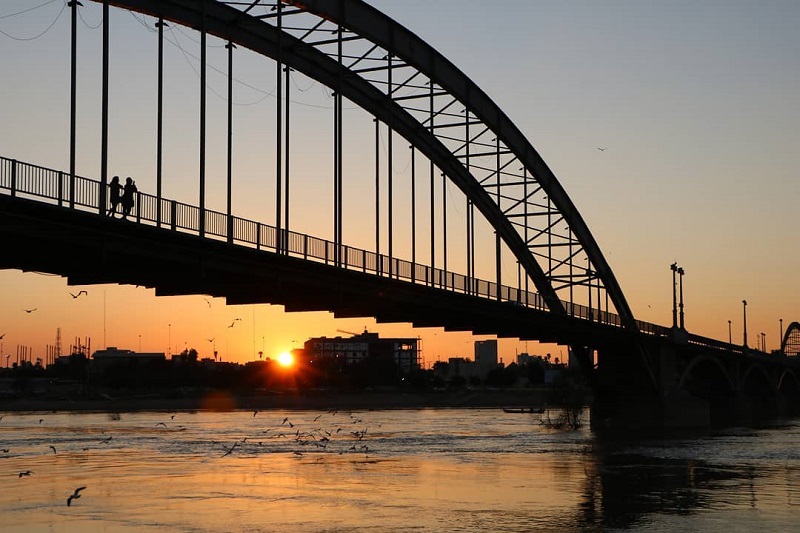
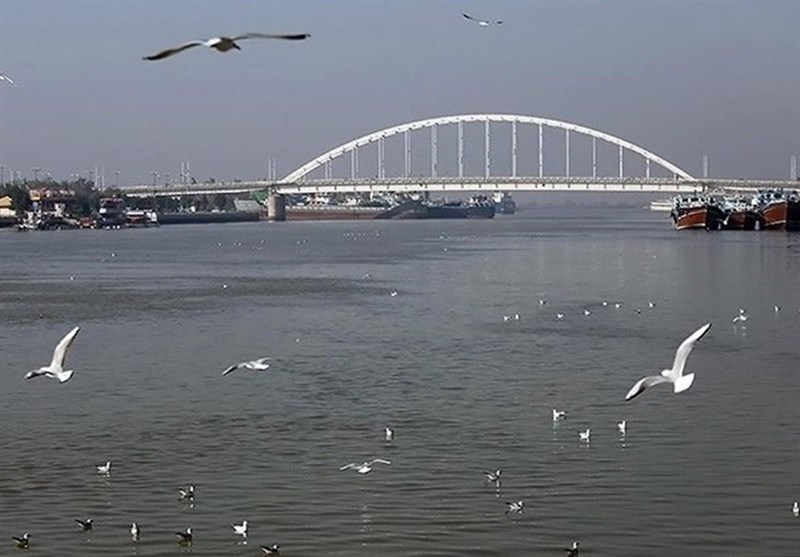
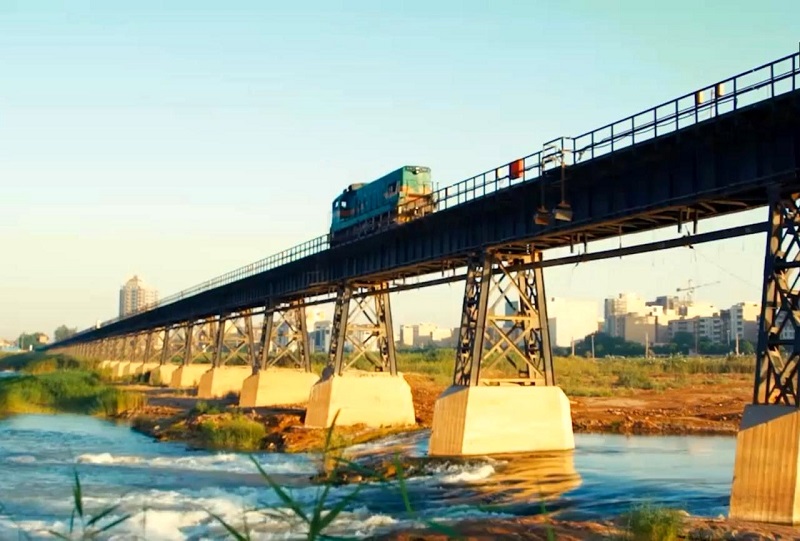
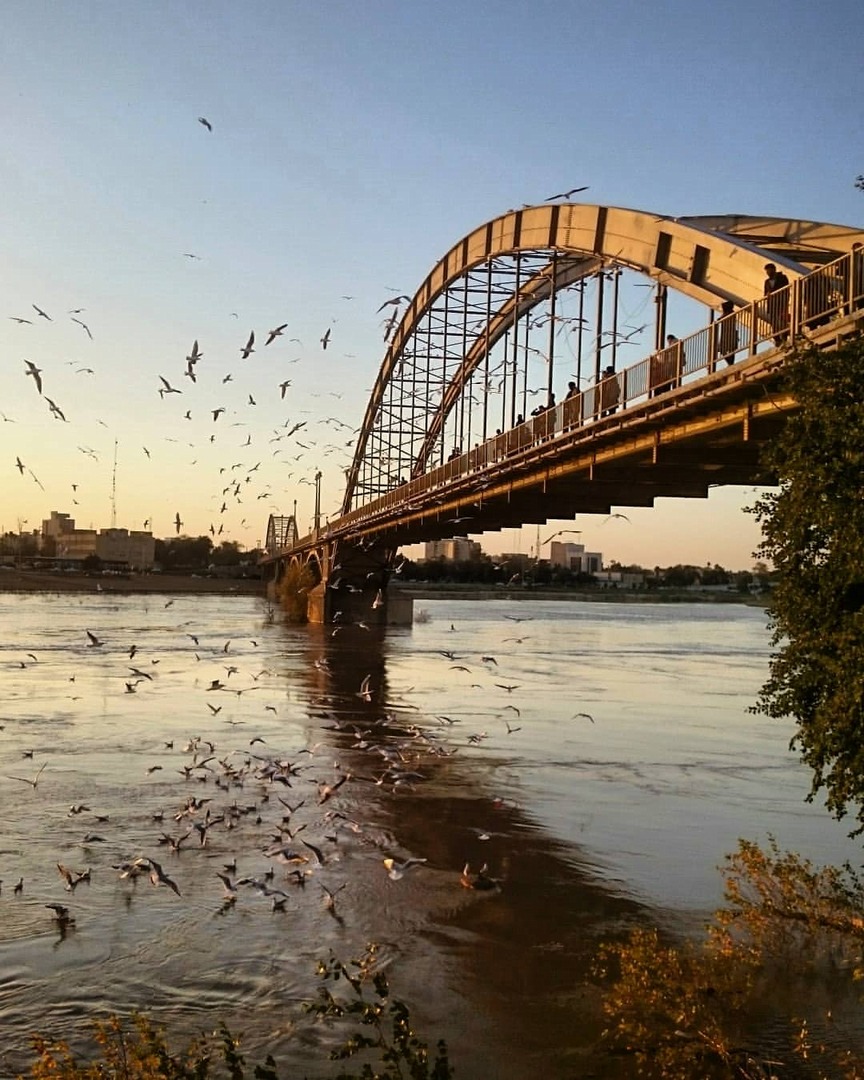





Choose blindless
Red blindless Green blindless Blue blindless Red hard to see Green hard to see Blue hard to see Monochrome Special MonochromeFont size change:
Change word spacing:
Change line height:
Change mouse type:
